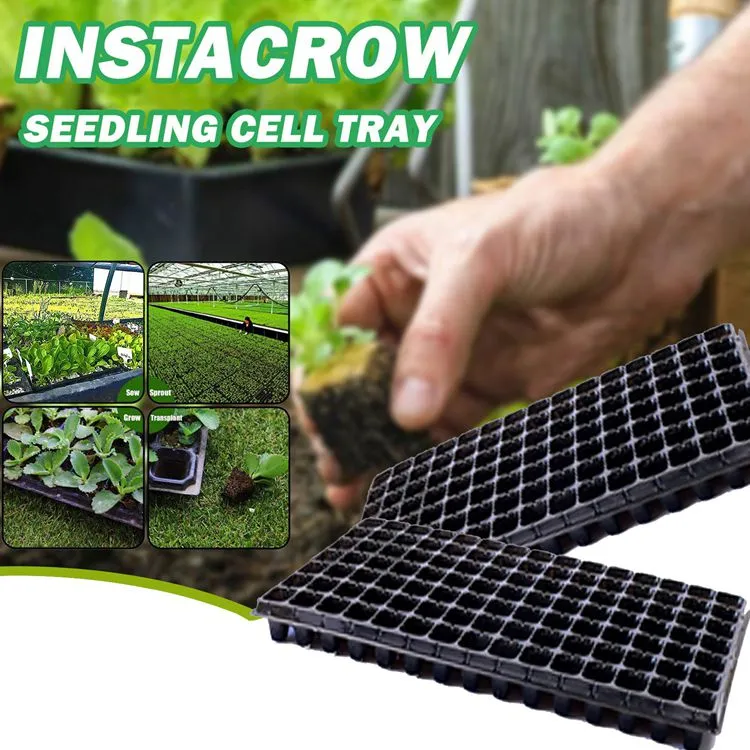Understanding the Importance of Choosing the Right Pots and Trays
When looking for the best pots and trays for wholesale growing, it's crucial to recognize that the choice of materials and designs plays a significant role in plant health. Growers should prioritize features that enhance root development and consider the interaction of trays with automated handling systems. This article delves into the essential factors to consider for selecting the most suitable options based on specific production processes and customer preferences.
Material Choices: Durability and Sustainability
Plastic vs. Biodegradable Materials
Plastic pots and trays are favored for their strength, lightweight nature, and economical benefits. They prove especially effective in extensive growing operations where longevity is crucial. Yet, an increasing trend towards sustainable practices has spurred interest in biodegradable trays made from materials like coir and peat, which help reduce waste and lessen environmental impact, perfect for growers focused on sustainable marketing initiatives.
Drainage Considerations
Proper drainage is vital for nurturing healthy root systems. Trays and pots equipped with adequate drainage holes can prevent water accumulation, a common issue that can result in root diseases such as rot. For those employing automated irrigation, choosing pots with consistent drainage capabilities is key to ensuring uniform watering. Enhanced drainage features, like raised ridges on trays, can further facilitate better airflow around the pots.

Choosing the Right Size and Shape
Customizing for Different Plant Types
The configuration of your trays and pots should align with the specific plant varieties in cultivation. For instance, shallow trays are ideal for seed germination, while deeper designs are suited for root vegetables or plants that need additional space for growth. Square pots efficiently use space in nurseries or greenhouses, whereas round pots may yield better root growth for certain plant types.
Automation Compatibility
To enhance efficiency, many commercial growers depend on automated machines for tasks like plant handling and watering. Selecting pots and trays designed for smooth integration with conveyor systems and other automated equipment is crucial. Utilizing standardized sizes and designs that align with machinery can simplify processes, lower labor costs, and decrease plant handling, which ultimately reduces loss rates.
Environmental and Economic Considerations
Cost-Effectiveness of Bulk Purchasing
Buying pots and trays in larger quantities can lead to substantial savings for growers. Many suppliers provide wholesale rates, making it more cost-effective for larger operations to keep stock. Additionally, bulk purchasing allows for investment in higher-quality products at a reduced cost per item, promoting healthier plant growth over time.
Sustainability and Recyclability
In response to growing eco-awareness among consumers, it's essential for growers to emphasize the recyclability of their growing materials. Increasingly, many plastic pots and trays are being manufactured with recyclable materials, enabling growers to lessen their environmental impact while still enjoying the benefits of plastic items. Also, reusable trays can endure multiple growth cycles, diminishing waste and offering a sustainable option for professional cultivation.
Conclusion
Choosing the right pots and trays for wholesale growing requires deliberate thought regarding plant species, growing environments, and the scale of operation. By focusing on durability, sustainability, and compatibility with automation, growers can enhance their operational efficiency while promoting healthier plants, ultimately yielding greater customer satisfaction and profitability.





Comments
All Comments ( 0 )